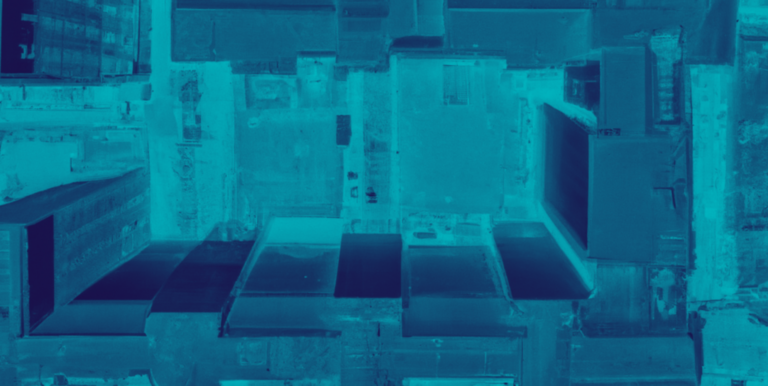A critical vulnerability (CVE-2024-9380) in Ivanti’s Cloud Services Appliance exposes systems to remote code execution.
Affected Platform
CVE-2024-9380 impacts Ivanti’s Cloud Services Appliance (CSA), a widely used solution for managing cloud service connections. The vulnerability threatens organizations using versions of the CSA within Ivanti’s infrastructure, specifically targeting versions prone to improper validation of input data. The scope of the impact extends to environments where these appliances play a key role in secure remote access, increasing the risk to organizations that rely on them for secure connections to remote networks and cloud environments.
Summary
CVE-2024-9380 is an authenticated command injection vulnerability discovered within Ivanti’s Cloud Services Appliance (CSA). This flaw arises from improper input validation in the management interface, enabling attackers to inject and execute arbitrary code remotely without authentication. The vulnerability poses significant risks, allowing attackers to potentially gain administrative privileges, install malware, or disrupt operations.
The Common Vulnerability Scoring System (CVSS) assigns CVE-2024-9380 a severity score of 7.2 (high), indicating the substantial risk it poses to affected systems. Ivanti released patches in October 2024 to address the flaw. However, unpatched systems remain highly vulnerable to exploitation.
Mechanism of the CVE-2024-9380 Threat
The vulnerability in CVE-2024-9380 stems from inadequate input validation in the Ivanti CSA’s web management interface. Specifically, the CSA fails to properly filter and sanitize input data. This allows an attacker to send specially crafted requests to the interface, which can execute unauthorized code directly on the device. The malicious code runs with the same privileges as the web interface service, which can include administrative rights in certain configurations.
Because the CSA is often exposed to the internet as part of remote connectivity solutions, the attack surface for CVE-2024-9380 is significant, with attackers able to target vulnerable systems from anywhere with network access.
Exploitation Process
To exploit CVE-2024-9380, attackers first need access to the CSA’s web management interface. They do not need to authenticate to launch the attack, as the vulnerability allows remote, unauthenticated attackers to craft malicious requests. These specially crafted requests are processed by the CSA’s web server, triggering arbitrary code execution on the underlying system. The nature of the flaw enables attackers to bypass standard access controls, taking full control of the affected appliance.
Once the code is executed, attackers can perform a variety of malicious actions, including installing backdoors, altering configurations, or escalating their privileges to gain further access to the network connected to the CSA.
Impact and Potential Risks
The risks associated with CVE-2024-9380 are severe, particularly in environments where the CSA acts as a critical component in secure cloud access. Exploiting this vulnerability can lead to:
- Remote Code Execution: Attackers can execute arbitrary code on the CSA, potentially gaining control over the appliance and the broader infrastructure it supports.
- Full System Compromise: If attackers exploit the flaw, they can alter or control key functions of the CSA, affecting secure access to cloud resources and remote networks.
- Malware Deployment: Attackers may use the compromised system to deploy malware, ransomware, or other malicious payloads across connected networks.
- Disruption of Cloud Services: A successful attack could cripple an organization’s ability to securely access cloud resources, leading to downtime, operational delays, and potential financial loss.
- Lateral Movement: Gaining control of the CSA could allow attackers to move laterally within the network, compromising additional systems.
Mitigation
To mitigate CVE-2024-9380, organizations should prioritize the following best practices in addition to applying the official security patch:
- Principle of Least Privilege (PoLP): Least Privilege Access limits administrative access to the CSA to only those who absolutely require it. This reduces the potential damage if an attacker does gain access.
- Network Segmentation: Isolate the CSA from other critical systems on the network. This is key to preventing lateral movement and avoiding the compromise of additional assets.
- Restrict Access to the Management Interface: Limit exposure of the CSA management interface to trusted internal networks and restrict internet-facing access unless absolutely necessary.
- Monitor and Log Activity: Implement continuous monitoring of the CSA’s web management interface to detect abnormal requests or unusual activity. Anomaly detection systems can help in identifying and stopping suspicious behavior before it leads to a compromise.
- Educate Staff on Phishing and Social Engineering Attacks: As many attacks are initiated via phishing schemes, educating staff on the risks associated with suspicious emails or requests will reduce the likelihood of successful exploitation.
Combining these practices with routine vulnerability scans and security audits will significantly reduce your risk of exploitation.
Official Patching Information
Ivanti has released security updates to address CVE-2024-9380 as part of its October 2024 patch rollout. These patches fix the input validation issues in the CSA web management interface, closing the remote code execution vector. Ivanti strongly recommends that organizations apply these patches immediately to prevent potential exploitation. The updates are available via Ivanti’s official support channels and should be applied to all affected appliances as soon as possible.
For full details on patch deployment and affected versions, visit Ivanti’s Security Advisory.
Final Thoughts
Gain a deeper understanding of how to fortify your defense against CVE-2024-9380 and other software vulnerabilities. Learn how to protect your organization by controlling lateral movement and implementing microsegmentation to prevent potential breaches before they happen. Curious how it works? Request a demo of TrueFort today and take proactive steps to secure your digital infrastructure.





